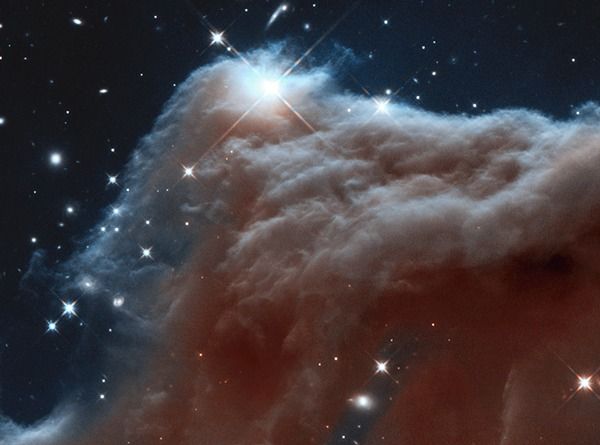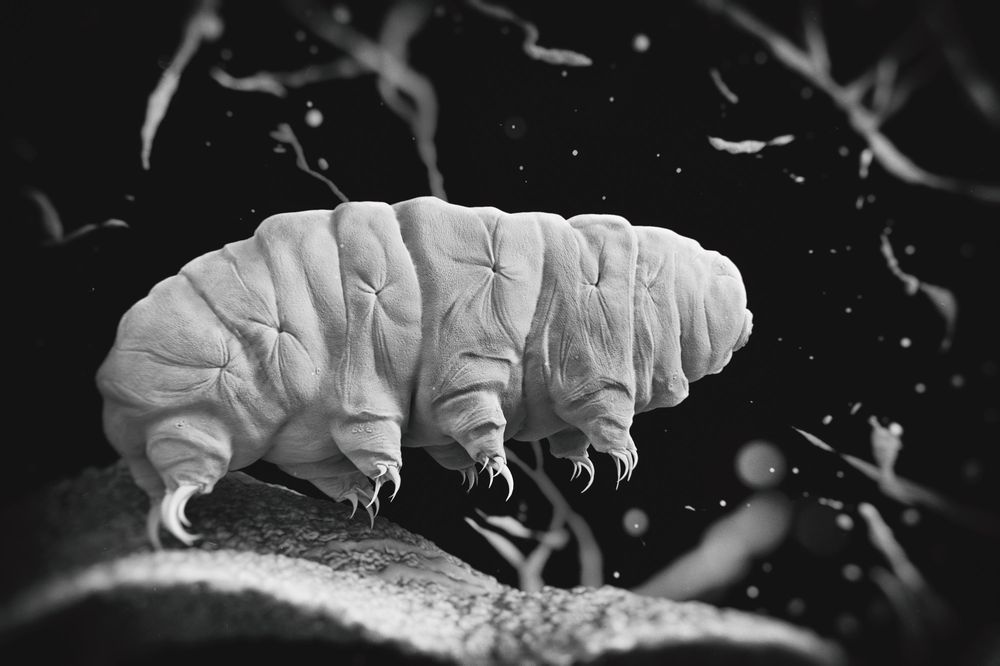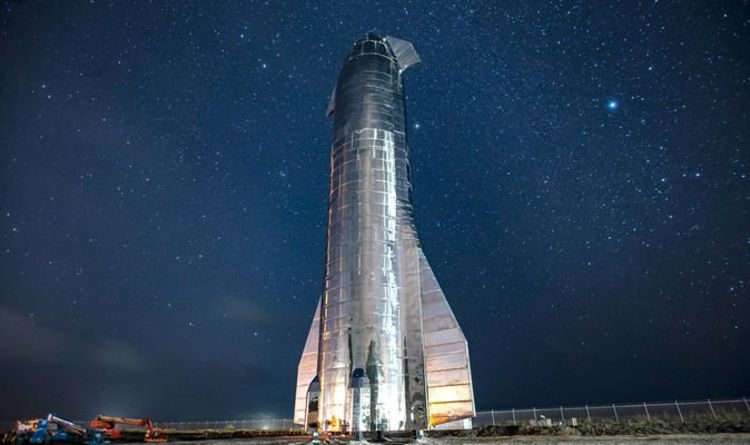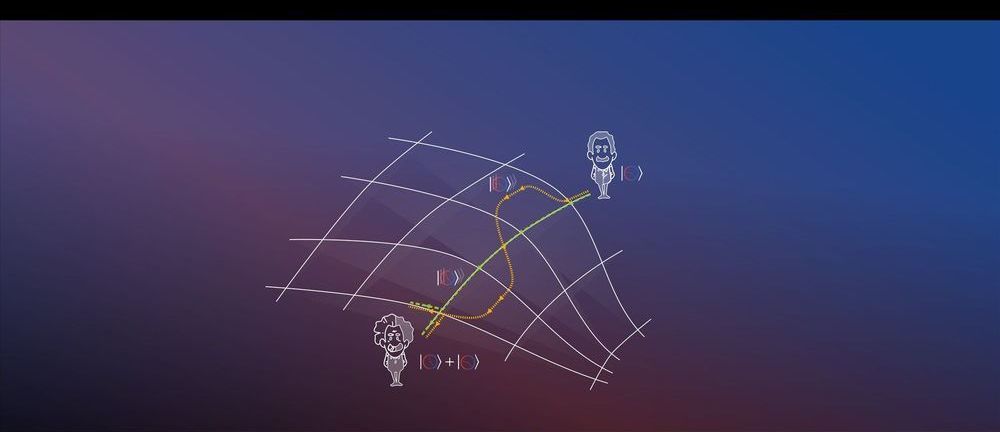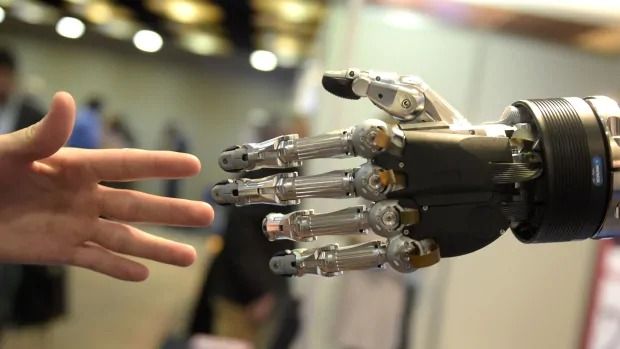Page 8537
Oct 7, 2019
Help to Crowdfund the SENS Research Foundation Transgenic Mouse Project to Move a Mitochondrial Gene into the Cell Nucleus
Posted by Tanvir Ahmed in categories: biotech/medical, genetics, life extension
 The SENS Research Foundation science team is taking the next step in their work on moving mitochondrial genes into the cell nucleus, a process called allotopic expression. Having proven that they can carry out this task with the ATP8 gene in cells, they are now aiming at proof of principle in mice. This will require the production of transgenic mice, using a novel technology funded by the SENS Research Foundation called the maximally modifiable mouse. This mitochondrial project is being crowdfunded at Lifespan.io: you, I, and everyone else can contribute to advancing the state of the art one step further towards eliminating mitochondrial DNA damage as a cause of aging.
The SENS Research Foundation science team is taking the next step in their work on moving mitochondrial genes into the cell nucleus, a process called allotopic expression. Having proven that they can carry out this task with the ATP8 gene in cells, they are now aiming at proof of principle in mice. This will require the production of transgenic mice, using a novel technology funded by the SENS Research Foundation called the maximally modifiable mouse. This mitochondrial project is being crowdfunded at Lifespan.io: you, I, and everyone else can contribute to advancing the state of the art one step further towards eliminating mitochondrial DNA damage as a cause of aging.
Mitochondria are the power plants of the cell, a herd of organelles descended from ancient symbiotic bacteria. They reproduce by replication and are recycled when damaged by cellular maintenance processes. Mitochondria carry the remnant of the original bacterial DNA, encoding thirteen genes vital to the process by which mitochondria package chemical energy store molecules. Unfortunately mitochondria generate reactive molecules as a byproduct of their operation, and this DNA is less well protected than the DNA of the cell nucleus. Some forms of damage to this DNA can break mitochondrial function in ways that allow the broken mitochondria to outcompete their functional peers, leading to dysfunctional cells that export massive quantities of damaging, oxidative molecules into the surrounding tissue. This contributes to conditions such as atherosclerosis, via the production of significant amounts of oxidized cholesterol in the body.
Allotopic expression of mitochondrial genes will work around this issue by providing a backup source of the proteins necessary to mitochondrial function. It has been demonstrated to work for ND4, and that project has been running for some years at Gensight Biologics to produce a therapy for inherited conditions that involve mutation of that gene. This work must expand, however, to encompass all thirteen genes of interest. So lend a hand, and help the SENS Research Foundation team take the next step forward in this process.
Oct 7, 2019
Mayo Clinic Showcases Anti-Aging Senolytics
Posted by Tanvir Ahmed in categories: biotech/medical, life extension
Flushing harmful zombie senescent cells from the body that have become old, fatigued and have ceased to divide has become one of the more prominent proposals in the anti-aging sphere. The hypothesis has generated a stream of animal data to support the theory, and now the Mayo Clinic has results from a human study that suggests they have found drugs that can do the same.
While the main goal of the Phase I trail was not to show the effects of reducing senescent cells in the body the researchers were eager to show that the anti-aging senolytics that were tested in animal studies can work the same way in humans as “so far, there has been no direct demonstration of senescent cell clearance by senolytic drugs in peer-reviewed published human clinical trials,” the authors wrote in EBioMedicine, despite the publication of the first human data in January.
Dasatinib and quercetin were given to 9 patients with diabetes related chronic kidney disease for 3 days in this trial. The drugs cleared participants systems in a matter of a few days, but the effects persisted and the authors reported, “Key markers of senescent cell burden were decreased in adipose tissue and skin biopsied from subjects 11 days after completing the 3-day course of D + Q, as were key circulating SASP factors, compared to before administration of these senolytic drugs.”
Oct 7, 2019
New research furthers understanding about what shapes human gut microbiome
Posted by Xavier Rosseel in categories: biological, genetics, health
EVANSTON, Ill. — A new Northwestern University study finds that despite human’s close genetic relationship to apes, the human gut microbiome is more similar to that of Old World monkeys like baboons than to that of apes like chimpanzees.
These results suggest that human ecology has had a stronger impact in shaping the human gut microbiome than genetic relationships. The results also suggest the human gut microbiome may have unique characteristics compared to other primates, including increased flexibility.
“Understanding what factors shaped the human gut microbiome over evolutionary time can help us understand how gut microbes may have influenced adaptation and evolution in our ancestors and how they interact with our biology and health today,” said Katherine Amato, lead author of the study and assistant professor of anthropology in the Weinberg College of Arts and Sciences at Northwestern.
Oct 7, 2019
The DNA clouds that shield unkillable tardigrades from radiation
Posted by Genevieve Klien in categories: biotech/medical, space
It takes something truly extraordinary, like maybe the death of the Sun, to kill the near-indestructible invertebrate known as the tardigrade. Crash-landings on the Moon, a lack of oxygen and conditions in the darkest corners of the ocean don’t appear pose a threat to this critter’s livelihood. Scientists studying these so-called water bears have uncovered a neat trick they employ to endure inhospitable conditions, using a unique protein to generate protective clouds around their DNA.
Tardigrades measure no more than a millimeter long, but possess an indomitability that would make even nature’s largest and hardiest creatures jealous. Key to their survival is an ability to enter a suspended and extremely dehydrated state of being called anhydrobiosis, in which their metabolism is put on hold until the surrounding conditions are more favorable to a regular life.
This capability has seen tardigrades endure temperatures as high as 150º C (302º F) and as low as −272º C (−457.6º F). It has seen them studied in the vacuum of space and exist amongst intense pressures at the bottom of the ocean. When an Israeli spacecraft carrying tardigrades crash-landed on the Moon in August, it inspired some dramatic headlines around the possibility of the near-indestructible creatures colonizing Earth’s only natural satellite.
Oct 7, 2019
Dark matter may be older than the big bang, study suggests
Posted by Paul Battista in categories: cosmology, particle physics
Dark matter, which researchers believe make up about 80% of the universe’s mass, is one of the most elusive mysteries in modern physics. What exactly it is and how it came to be is a mystery, but a new Johns Hopkins University study now suggests that dark matter may have existed before the Big Bang.
The study, published August 7 in Physical Review Letters, presents a new idea of how dark matter was born and how to identify it with astronomical observations.
“The study revealed a new connection between particle physics and astronomy. If dark matter consists of new particles that were born before the Big Bang, they affect the way galaxies are distributed in the sky in a unique way. This connection may be used to reveal their identity and make conclusions about the times before the Big Bang too,” says Tommi Tenkanen, a postdoctoral fellow in Physics and Astronomy at the Johns Hopkins University and the study’s author.
Oct 7, 2019
SpaceX Starship: Detailed renders reveal latest design changes to Elon Musk’s Mars rocket
Posted by Genevieve Klien in categories: Elon Musk, space travel
SPACEX STARSHIP is Elon Musk’s ambitious plan to carry crew and cargo to the Moon, Mars and beyond. Now, the SpaceX CEO has revealed significant tweaks to the Starship’s extraordinary design.
Oct 7, 2019
Researchers develop quantum-mechanical variant of the twin paradox
Posted by Genevieve Klien in categories: particle physics, quantum physics, space
One of the fundamental challenges of physics is the reconciliation of Einstein’s theory of relativity and quantum mechanics. The necessity to critically question these two pillars of modern physics arises, for example, from extremely high-energy events in the cosmos, which so far can only ever be explained by one theory at a time, but not both theories in harmony. Researchers around the world are therefore searching for deviations from the laws of quantum mechanics and relativity that could open up insights into a new field of physics.
For a recent publication, scientists from Leibniz University Hannover and Ulm University have taken on the twin paradox known from Einstein’s special theory of relativity. This thought experiment revolves around a pair of twins: While one brother travels into space, the other remains on Earth. Consequently, for a certain period of time, the twins are moving in different orbits in space. The result when the pair meets again is quite astounding: The twin who has been travelling through space has aged much less than his brother who stayed at home. This phenomenon is explained by Einstein’s description of time dilation: Depending on the speed and where in the gravitational field two clocks move relative to each other, they tick at different speeds.
For the publication in Science Advances, the authors assumed a quantum-mechanical variant of the twin paradox with only one twin. Thanks to the superposition principle of quantum mechanics, this twin can move along two paths at the same time. In the researchers’ thought experiment, the twin is represented by an atomic clock. “Such clocks use the quantum properties of atoms to measure time with high precision. The atomic clock itself is therefore a quantum-mechanical object and can move through space-time on two paths simultaneously due to the superposition principle. Together with colleagues from Hannover, we have investigated how this situation can be realised in an experiment,” explains Dr. Enno Giese, research assistant at the Institute of Quantum Physics in Ulm. To this end, the researchers have developed an experimental setup for this scenario on the basis of a quantum-physical model.
Oct 7, 2019
Could a robot be prime minister? Machines will soon be smart enough to run the world, says futurist
Posted by Zoltan Istvan in categories: biotech/medical, robotics/AI, transhumanism
Radio program The Current had me on this morning discussing #transhumanism, specifically #robots & #AI running for political office. It’s Canada’s most listened to radio program with millions of listeners. Here’s a fun write-up of it:
We ask if we should ditch flesh-and-blood politicians, and give the robots a go at leadership.
